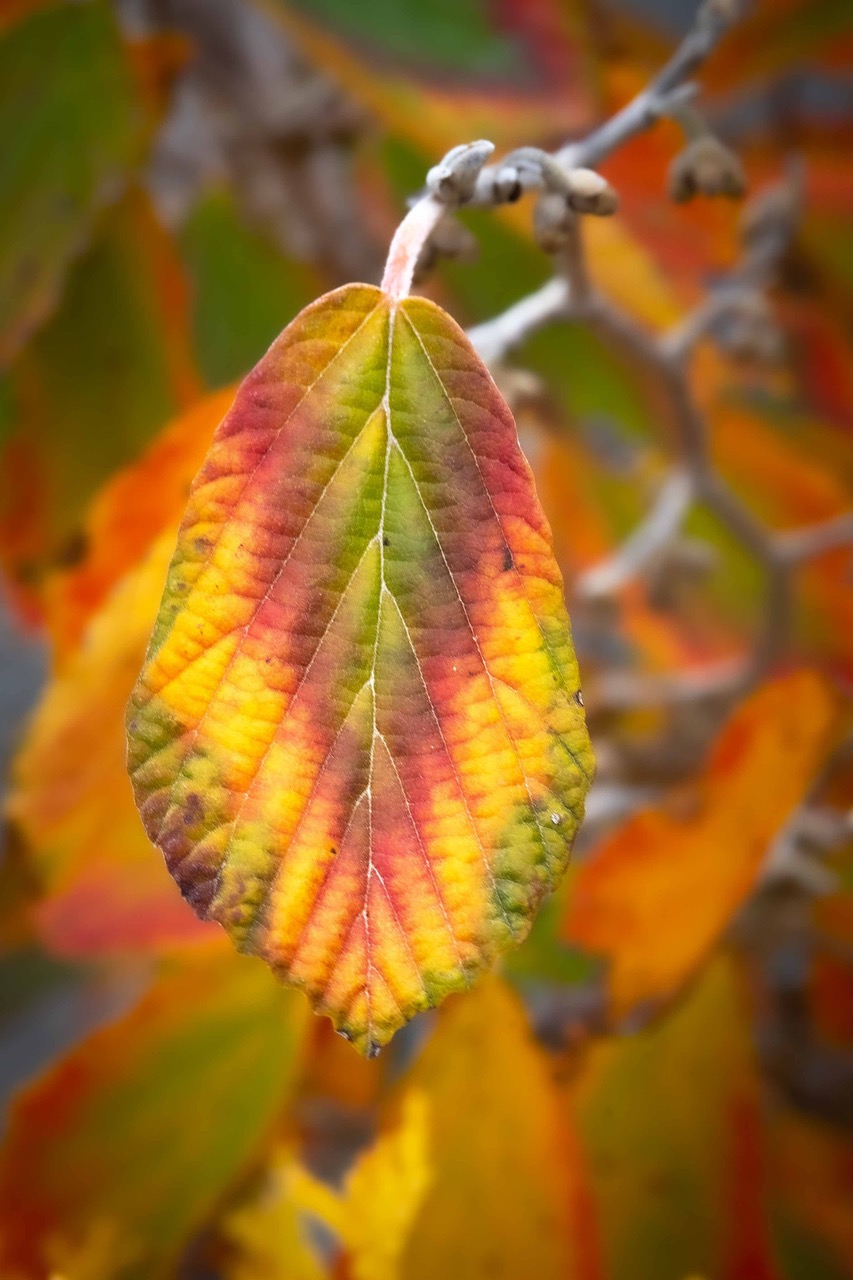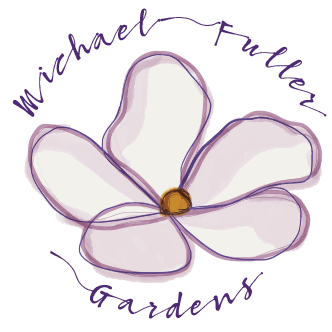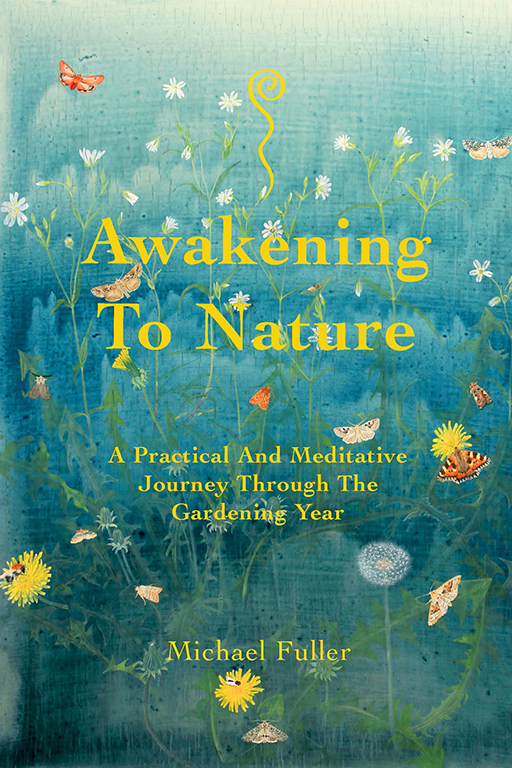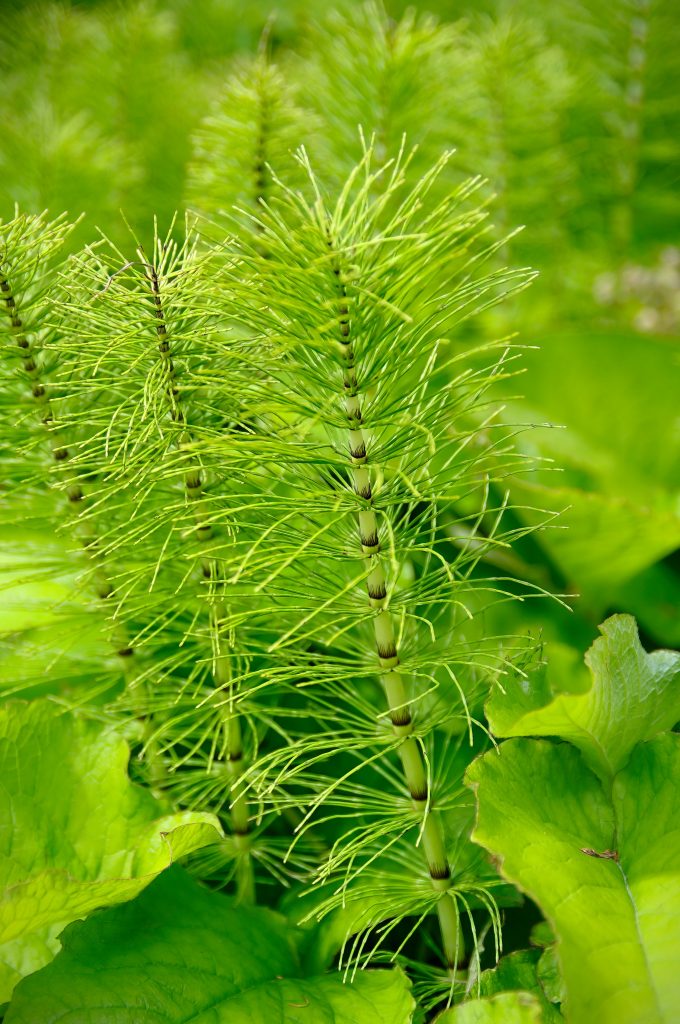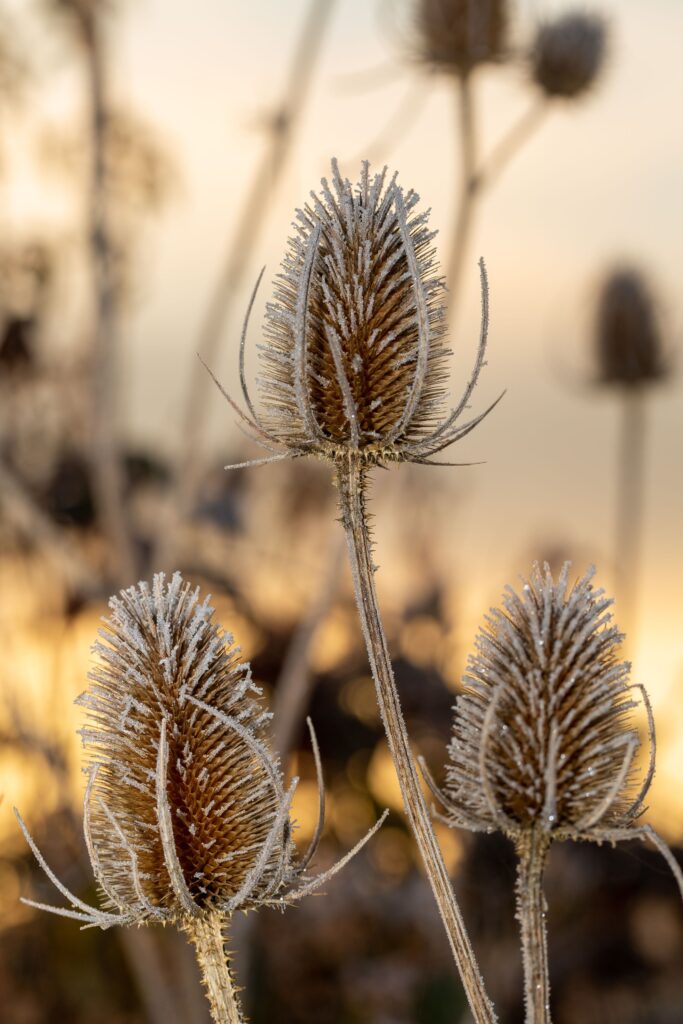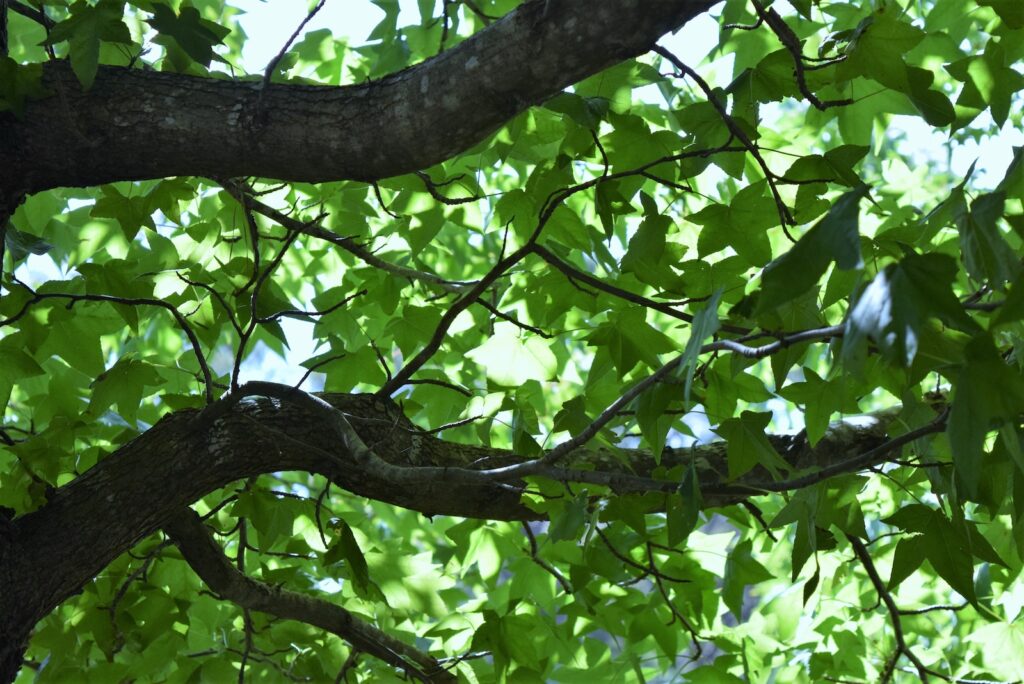Witch Hazel – January’s Winter Bloom.

If I was asked to choose just only one shrub to have in my garden, it might well be the Witch Hazel which is beginning to blossom now in January. The plant, with her delicate flowers of yellow, orange or red brings welcome cheer to the winter days: the lightly scented petals themselves are quite subtle, (resembling grated cheese) but they hold themselves in profusion on bare stems and, set against a blue winter sky, can be striking. Add a covering of snow or frost and the combination of colours and textures in the sharp, clear light of January can be stunning. In these early days of the New Year, when we are emerging from the cocoon of the Holy Nights and it seems the days are just deciding whether to lengthen or not, the Witch Hazel can give us hope that Spring will indeed come.
Witch-hazels are deciduous shrubs that can grow up to fifteen feet high, and whose Latin name ‘Hamamelis’ means ‘together with the fruit’, referring to the simultaneous occurrence of the flowers with the maturing fruit of last year. Originally from North America, the plant was used by indigenous cultures for dowsing, and thus leads us to its English name – Witch Hazel, coming from the Middle English ‘wicke’ for ‘lively’ and ‘wych’ an Anglo-Saxon word for ‘bend’, both words describing the action of a dowsing rod which can bend towards the ground when water is detected below. The plant has many medicinal properties, particularly for skin problems, including rashes, sunburn and minor cuts, additionally, branches hung in a house are said to offer protection; Witch Hazel is thus an important part of a nature-healer’s range of remedies, and gives us a further clue to its name.
So it’s a magical, healing and protective plant, beautiful and hope-inducing now in Winter, but why else would I choose it as a favourite? Well, it is also very attractive in Spring – the fresh green leaves appearing on the pleasing framework of stems are a very heartening sight, and in my garden these stems provide a great perch for robins and sparrows visiting the nearby pond, queuing to bathe in the waters below. Later, at the end of the season in Autumn the leaves can turn through the most exquisite range of colours – golds, reds, greens and browns, sometimes all at the same time on the same leaf, providing many weeks of amazing table decorations to honour the passing of the Summer. Coupled with the fact that the shrub is slow-growing and compact, requires minimal pruning, is not affected by frost or drought and suffers rarely from pests and diseases, the Witch Hazel is hard to beat for its year-round value and should, in my view, have a place in every garden.
